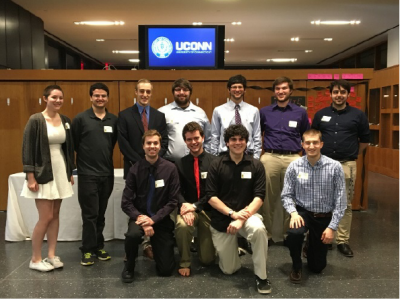The transition to online learning that was necessitated due to the COVID-19 outbreak was not without its challenges. Faculty had roughly 10 days to adapt to a modality of instruction most were not used to. TAs had to simultaneously learn how to teach remotely while also adjusting to having the courses they were taking also be changed to a distance-based format. Instructors strived to provide reassurance to the more than 2,000 undergraduate students enrolled in physics courses that they would be able to complete their courses. Additionally, the department faced an important question: How would we be able to finish teaching the lab courses now that the campus was closed?
The remarkable efforts of faculty, graduate TAs, and our teaching staff proved to be instrumental in guaranteeing the successful completion of the spring semester. The faculty e-mail listserv was suddenly bursting with activity with instructors eager to share their experiences and help disseminate helpful information to their colleagues. This spirit of camaraderie was also shared by the graduate students, with several TAs stepping up and taking on additional workload to help peers that were facing additional challenges related to the difficult circumstances.
After Spring Break, classes resumed without additional disruptions – courses were being taught either synchronously with classes largely maintaining their original schedule, or through recorded lectures faculty would release on a regular schedule. Exam assessments were shifted to a distance-based format, with some of the larger introductory courses successfully implementing exams through their online homework platforms. The newly redesigned studio courses continued to be taught following a model that sought to promote student interactions and active learning, with several instructors continuing their use of clickers as a formative assessment tool in their distance-based courses. Collaborative problem-solving tutorial sessions continued to be administered as well, with TAs facilitating these activities through the use of breakout groups during the class sessions.
Even with all these strategies rapidly coalescing, we still the faced the unprecedented situation of having to teach lab courses in a distance-based format. Through the diligent efforts of several of our faculty, teaching staff, and graduate TAs, the department was able to resume lab courses without interruptions after Spring Break. This was done by providing students with the structure they needed to complete their coursework. Several creative (and in some cases innovative) solutions were implemented for lab instruction. Howard Winston, an Assistant Professor in Residence from our Waterbury campus, transformed his living room at home into a physics lab room, where he would perform the experiments live on camera for his students while getting their input on how to run the experiment. In a span of 10 days, James Jaconetta, Hannah Morrill, and Zac Transport, our lab technicians from the Storrs campus, remarkably recorded videos performing each of the experiments and demonstrations still remaining in our course schedules. They also supplemented this video library with a list of videos also curated from other reputable internet sources to help support several instructors teaching introductory courses in Storrs and some of the regional campuses.
The collective efforts of dozens of members of our department ultimately guaranteed the successful completion of the Spring 2020 semester even in unfavorable circumstances. While there were many challenges faced throughout the period, there was no shortage of positive feedback provided by students through formal (SETs) and informal means (conversations) demonstrating an appreciation for the organization and structure provided in their courses. During the summer months, instructors and teaching staff utilized their experiences and the feedback received in the spring to improve their strategies for distance-based learning. As an example, several lab courses in the fall are now running activities through a combination of simulations and “at home” experiments students are performing with household items, smartphones, and lab kits assembled by our teaching staff and sent to students.
Ultimately, necessity is the mother of invention, and there is optimism that some of the lessons learned now are helping drive teaching innovations that will still add value to our courses even when we resume in person instruction.

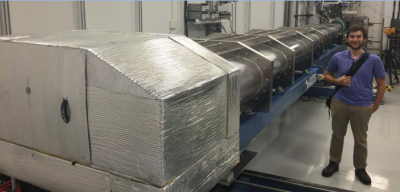
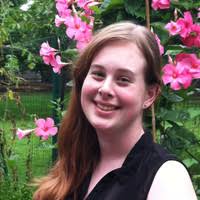 Physics major Brenna Robertson has been selected as the recipient of the 2018 Mark Miller Undergraduate Research Award. Brenna’s proposal, which focuses on modeling supermassive black hole spin using spectral emission diagrams, was selected from among a strong pool of applicants. Brenna Robertson is working with Prof. Jonathan Trump.
Physics major Brenna Robertson has been selected as the recipient of the 2018 Mark Miller Undergraduate Research Award. Brenna’s proposal, which focuses on modeling supermassive black hole spin using spectral emission diagrams, was selected from among a strong pool of applicants. Brenna Robertson is working with Prof. Jonathan Trump.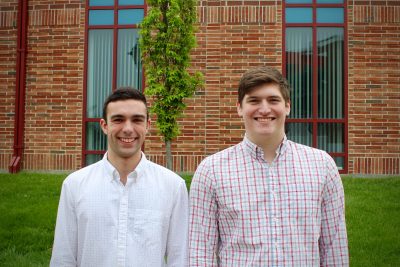
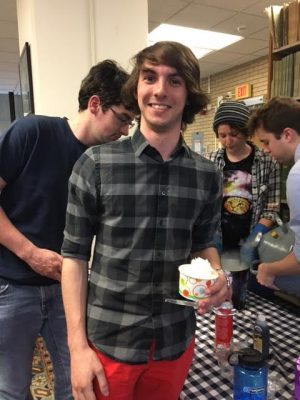
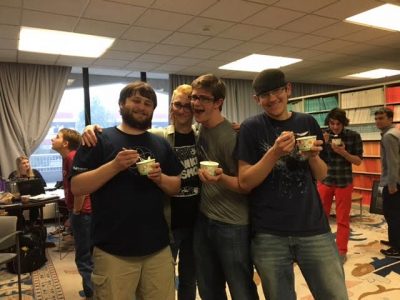
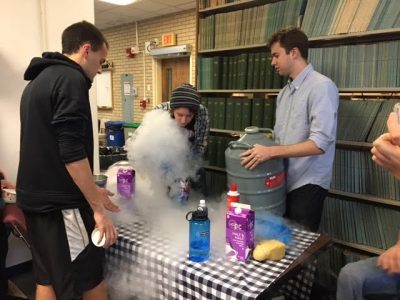
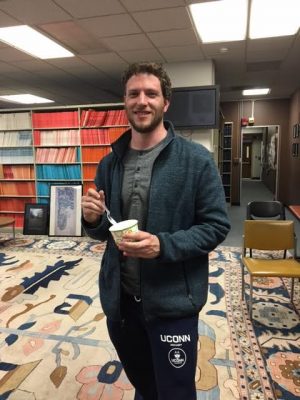
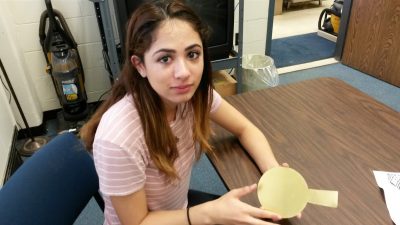 The U.S. Centers for Disease Control lists
The U.S. Centers for Disease Control lists 